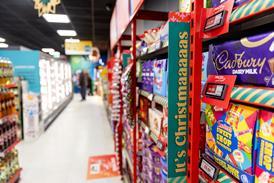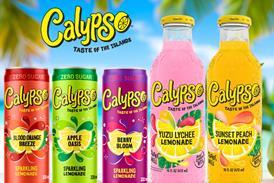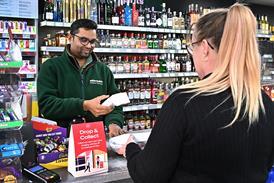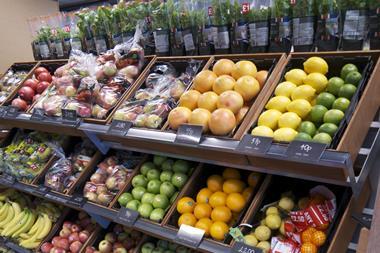Ripe for the picking

Fresh produce can be a lucrative category for those who invest wisely in it. C-Store speaks to retailers who are ensuring their offering is the best of the bunch through inspiring displays and clever merchandising.
ALREADY HAVE A REGISTERED USER ACCOUNT? PLEASE LOG IN HERE
To read the full story join the ConvenienceStore.co.uk community today!
Registration is quick and easy and provides access to:
- Unlimited ConvenienceStore.co.uk articles
- Our great range of newsletters
- Content you’ve saved for later via the ‘my library’ feature
And much more…


























